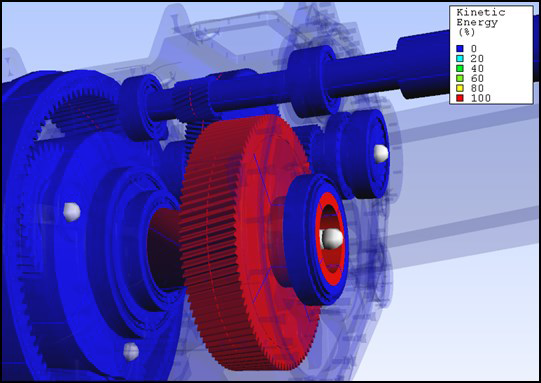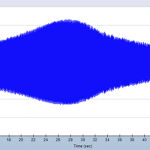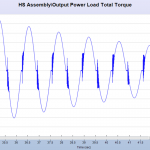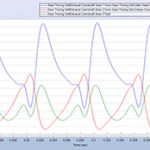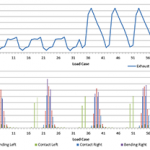DRIVA – CAE For Flexible Multibody Dynamic Simulation
Simulate dynamic behaviour of drivetrain and the performance of components under variable loading.
DRIVA is a new and innovative solution for the full modelling and dynamic analysis of complete drivetrains.
Based on a full six degrees of freedom flexible multibody dynamics approach, DRIVA is the first solution designed specifically for the analysis of highly time-dependent load conditions of geared mechanical systems.
- Powerful multibody dynamic solver
- Easily generate simulation models from designs and seamlessly update the design model without the need to reimport files
- Rectify problems earlier in the design process

